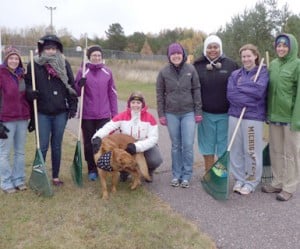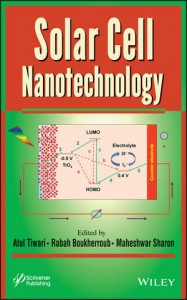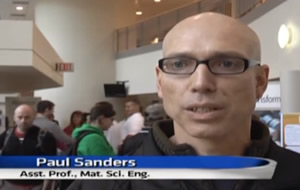C2E2 Endowed Equipment Awards Announced
Vice President for Research David Reed has announced the following Century II Campaign Endowed Equipment Fund (C2E2) awards at the recommendation of the C2E2 Committee.
In ACMAL, Owen Mills was awarded $3,000 for a Backscattered Electron Detector.
Read more at Tech Today.




